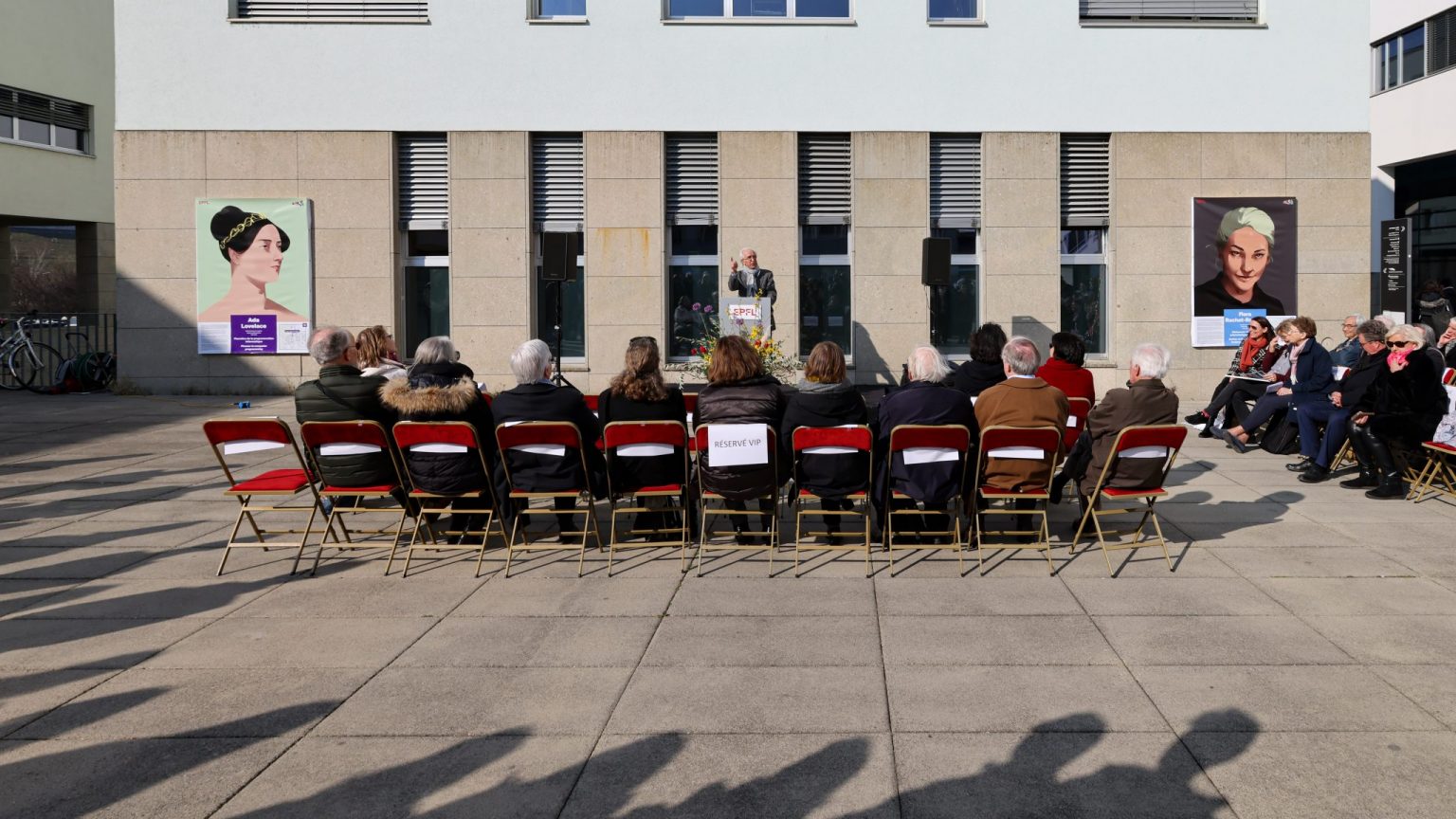
Former State Councillor Philippe Biéler recalls the memory of his grandmother, Cécile Biéler-Butticaz, one of the women celebrated with Ada Lovelace, Flora Ruchat-Roncati and four others. © Alain Herzog / EPFL 2022
On March 8, 2022, following a broad consultation of the EPFL community, two squares, two streets and three paths on the Ecublens campus were named in honor of pioneering women scientists.
On the occasion of International Women’s Rights Day, a ceremony was held in the presence of the President of the Vaud State Council, Nuria Gorrite, the mayor of Ecublens, Christian Maeder, as well as relatives and descendants of several of these women.
Who are these female pioneers?
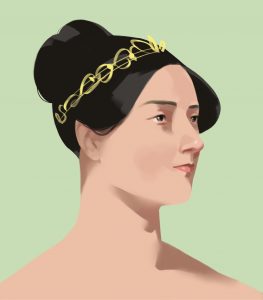 |
Ada Lovelace1815–1852English mathematician
|
|
A teenager gifted in mathematics, Ada Byron – her maiden name – had to put her interest in the subject aside after the birth of her three children, following her marriage to the Earl of Lovelace at the age of 20. But she later returned to her studies, supported by her husband. In an 1841 letter to her mother, Ada wrote: “I believe myself to possess a most singular combination of qualities exactly fitted to make me pre-eminently a discoverer of the hidden realities of nature.” Ada Lovelace is known for writing the first real computer program, which she did for Charles Babbage’s Analytical Engine, the ancestor of the modern-day computer. She developed a detailed algorithm between 1842 and 1843 to calculate Bernoulli numbers on that machine. Her program included the first conditional loop – a genuine computing concept – as opposed to the sequential programs that Babbage had employed earlier. The Ada programming language was named in her honor in 1978. Her portrait can be seen on the authentication holograms of Microsoft products. She died from uterine cancer at the age of 36.
|
|
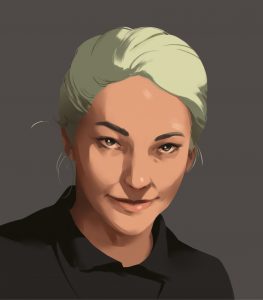 |
Flora Ruchat-Roncati1937–2012Swiss architect
|
|
A graduate of the Swiss Federal Institute of Technology in Zurich, Flora Ruchat-Roncati was the first woman to be named a full professor at ETH Zurich, where she taught from 1985 to 2002. She also had a private architecture practice and was involved in planning EPFL’s northern district; she played a key role in drafting plans for the BM, BP, SG and AI buildings, which were constructed between 1993 and 2000. Flora Ruchat-Roncati was an important member of Tendenza, a modern architecture movement in her home canton of Ticino. Tendenza believed in prioritizing occupants’ needs in the design of buildings. Drawing inspiration from Le Corbusier, Flora helped construct several concrete buildings. At the beginning of her career in the 1960s, she worked on numerous projects to build schools and sports complexes in Ticino, such as an outdoor swimming pool with a long footbridge in Bellinzona. In the French-speaking part of Switzerland, she designed the Transjurane railway line with eleven tunnels. She also worked on the Gotthard tunnel. She was an energetic, warm-hearted woman who, according to those who knew her, made little distinction between work, teaching and family. She became a widow in 1960 when her first daughter was just one year old, adding to the challenge of juggling a career and motherhood. In 1974, she had a second daughter, out of wedlock, with trade unionist and poet Leonardo Zanier, which is a testament to how free-spirited and modern she was for her time.
|
|
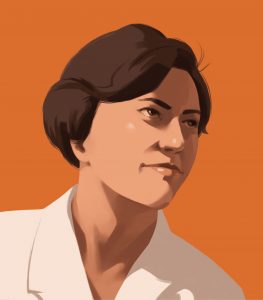 |
Erna Hamburger1911–1988Swiss electrical engineer and doctor of technical science
|
|
After graduating from high school as the only girl in her class, Erna Hamburger enrolled in the University of Lausanne’s School of Engineering and graduated in 1933 as the School’s first female electrical engineer at the top of her class. Erna Hamburger worked for several years as a teaching assistant and a doctoral assistant in technical science. She then spent a decade in industry and held several teaching positions before being appointed a full professor at the Polytechnic School of the University of Lausanne (EPUL) in 1967 – the first woman to hold this title – two years before EPUL became EPFL. Her appointment was saluted by Prof. Maurice Cosandey, then-president of EPUL, as follows: “It is both a brilliant consecration and a measure of the backwardness that characterizes our country with regard to the promotion of women.” Alongside her teaching and research, she was also involved in several women’s movements and helped a number of students in difficulty. The EPFL Women in Science and Humanities (WISH) Foundation now gives an award in her honor – the Erna Hamburger Prize – every year to an outstanding female scientist.
|
|
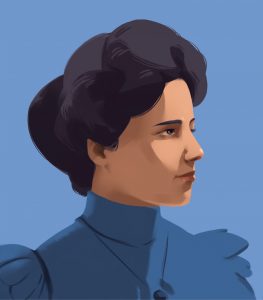 |
Cécile Biéler–Butticaz1884–1966Swiss electrical engineer and doctor of physics
|
|
Cécile Butticaz completed a degree in electrical engineering at the Lausanne School of Engineering in 1907 – the School’s first female graduate. She then served as a physics assistant before going on to work with her father, an engineer; in 1909 she became the head of a women’s engineering office. With her husband Alfred Biéler, she worked on the second Simplon tunnel in Valais Canton, where she also founded a Protestant school, in Brig. Later, as a mother of three, she taught mathematics at private schools in Lausanne and Geneva. In 1929, Cécile Biéler-Butticaz completed her PhD in physics at the University of Geneva. There she studied invar, an alloy widely used in watchmaking. She cofounded the Lausanne Soroptimist Club, a worldwide working women’s network, in 1949, and was active in various liberal, Protestant and university women’s movements. She is the author of a number of children’s books along with illustrator Marie Rie Cramer; these include Printemps, Hiver, Automne and Été. She also wrote several inspirational essays and articles, often on scientific subjects, for Gazette de Lausanne and other newspapers and magazines in the French-speaking part of Switzerland.
|
|
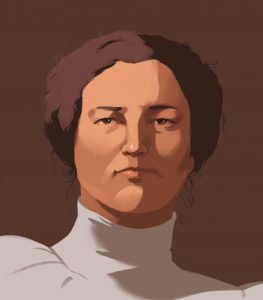 |
Gertrud Woker1878–1968Swiss chemist
|
|
Gertrud Woker studied organic chemistry at the University of Bern and was the first woman to obtain a PhD in this field, in 1903. She then studied physical chemistry at the University of Berlin and in 1907 became the first female lecturer at a German-speaking university – but was denied the same salary as a male lecturer. Back in Switzerland, she demonstrated the toxicity of leaded gasoline in 1917, although her findings were largely ignored. An early whistleblower, she continually stressed the responsibility that scientists have in political and social issues. She was a pacifist and feminist and campaigned ardently for women’s suffrage. She cofounded the International Women’s Association for lasting peace during the First World War. Gertrud Woker served as an associate professor at the University of Bern from 1933 to 1953, but was given only a tiny laboratory for her research. After the Second World War, she became involved in the Swiss Movement against Atomic Weapons. She endured much criticism as a result of her courageous activism and suffered from depression. She spent the final years of her life in a psychiatric hospital.
|
|
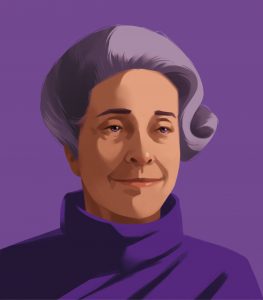 |
Rita Levi-Montalcini1909–2012Italian neurobiologist and neurologist
|
|
Born into a Jewish family in Turin, Rita Levi-Montalcini studied medicine against the advice of her father. She graduated in 1936, but was unable to pursue an academic career owing to the antisemitism of the Fascist regime governing Italy at the time. She sought refuge in Switzerland during the Second World War but was denied passage across the border. She then lived in Florence under a false identity until the war ended, conducting experiments on nerve fiber growth in a makeshift laboratory set up in her bedroom. In 1946, she took up a research fellowship at Washington University in St. Louis, Missouri, and stayed there for 30 years. She succeeded in isolating the nerve growth factor in 1952 through her observations of cancerous tissue. She was promoted to full professor and set up a research unit in Rome, dividing her time between there and St. Louis. In 1986, together with Stanley Cohen, Rita Levi-Montalcini was awarded the Nobel Prize in Physiology or Medicine for the revolutionary discovery of nerve cell growth factors. She was an important figure for the feminist movement and created a foundation to support women’s education in Africa.
|
|
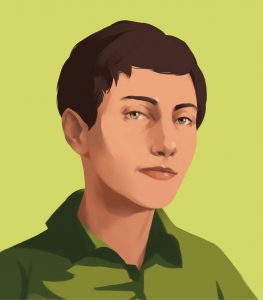 |
Maryam Mirzakhani1977–2017Iranian mathematician
|
|
Maryam Mirzakhani is the first woman to have been awarded the Fields Medal, in recognition of her outstanding work in mathematics. She discovered new ways to calculate volumes of objects with hyperbolic surfaces. Growing up in Tehran, where she nurtured a passion for mathematics, Maryam Mirzakhani won several national and international awards as a teenager. She left Iran after completing her Master’s degree in order to pursue a PhD at Harvard University. Her 2004 dissertation, described as a “masterpiece” by many scholars, solved two famous problems while connecting several mathematical disciplines: geometry, complex analysis, topology and dynamics. She was appointed a professor of mathematics at Stanford University in 2008, at the age of 31, and received the Fields Medal six years later. She noted, upon winning that distinction: “This is a great honor. I will be happy if it encourages young female scientists and mathematicians. I am sure there will be many more women winning this kind of award in the coming years.” She was the mother of a young daughter, and she died of breast cancer at the age of 40. |
|
|
|
|
| Illustrations: Sandrine Pilloud
© EPFL 2022
|
|